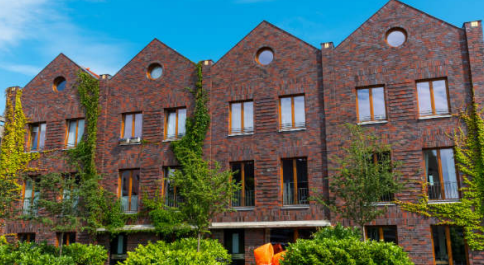While most urban scholars agree on a generic definition of gentrification – the change that occurs when a traditionally low-income neighborhood experiences an influx of new, higher-income residents – there is little consensus on how to identify and measure it. The objective of this research is to shift the conversation on gentrification and inject some much-needed nuance into our collective understanding about how and why neighborhoods change. Only with greater clarity can we identify the real consequences of gentrification in low-income communities and develop effective responses to ensure suitable and affordable housing remains available to all residents.
Related Resources:
- May 7, 2020 - Gentrification Definitions and Racial Change: Considering the Evidence: compares changes in racial composition in gentrified versus non-gentrified neighborhoods across three definitions.
- May 9, 2019 - Gentrification Comparison Tool: maps three definitions featured in the report and displays their findings for 93 cities and four decades.
WATCH: The author on why framing our perceptions about gentrification matters.
The Learning Center’s resources and all data and information provided therein (collectively, “Content”) are for general informational purposes only. All Content is provided “as is” and may no longer be current or up to date. Enterprise Community Partners, Inc., its subsidiaries and affiliated entities (collectively referred to as “Enterprise”) as well as any co-authors of any Content disclaim all liability for any errors or omissions and make no warranties or representations of any kind, either express or implied, regarding the accuracy, adequacy, validity, reliability, availability, or completeness of any Content presented. All Content should be independently verified by you before relying on it. The Content does not constitute professional advice or services (including but not limited to legal, financial, tax, or investment advice).

- Report